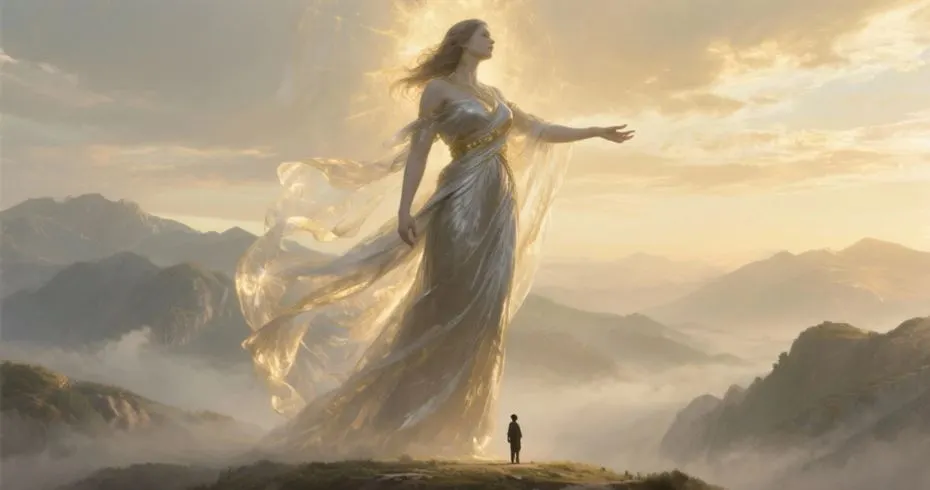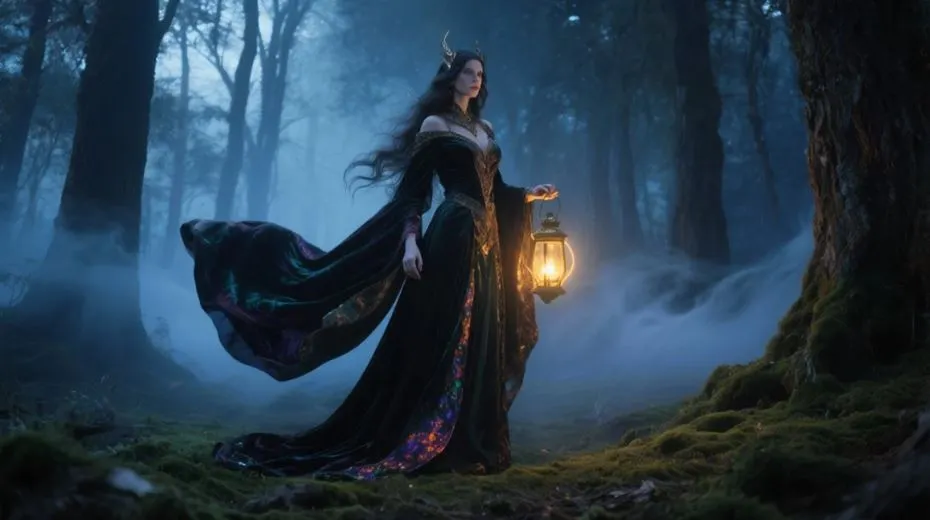When myth meets desire: archetypes shaping modern attraction
FANTASY ARCHETYPES IN MODERN MEDIA AND THEIR INFLUENCE ON ATTRACTION
Fantasy has always been a mirror. Not a perfect one, but a distorted, shimmering surface that reflects both the ordinary and the impossible. When modern media borrows images of warriors, witches, or giants, it is not repeating old myths blindly, it reshapes them into new codes of attraction. Sometimes these codes appear in curious forms, such as giantess porn, which takes the archetype of overwhelming scale and dominance to an intense extreme. These figures, whether on television screens or in more obscure cultural niches, are bigger than narrative tools; they stir hidden responses and reveal how fascination with power, vulnerability, and awe continues to shape desire.

Shadows and radiance: villains as attractors
Villains in fantasy, especially in today’s streaming culture, no longer remain one-dimensional. Their sharp intelligence, impeccable style, or aura of danger makes them far more than antagonists. Attraction here works not through kindness but through intensity. Audiences are drawn to them because they embody raw focus and untamed freedom — qualities, that everyday life often suppresses.
We remember them. The quirk of their smile, the calmness of their cruelty, the way they speak words edged like blades. Attraction hides in the intensity, not the morality.
Heroes and hesitation
The classic hero archetype promises safety, loyalty, and stability. In fantasy media of the last decade, heroes have become flawed, hesitant, broken, or self-doubting, yet this is where attraction expands. Vulnerability connects. The hero falls, then rises again, and this rhythm, this cycle, demands attention.
Still, not everyone is pulled toward the stable figure. Some feel the hero is predictable, softened by duty. Others, however, find comfort in this reliability. Attraction here divides audiences along lines of what they seek in life: raw energy or steady protection.
Enchantresses and the weight of mystery
Beyond strength or morality lies mystery. Characters depicted as witches, sorceresses, or otherworldly enchantresses embody temptation hidden in secrecy. Popular series from Game of Thrones to The Witcher prove how much weight is carried by a figure who operates in shadows.
Their allure is not only visual. It extends into layered voices, secrecy, subtle manipulations. They lure not by declaration but by suggestion. Modern media amplifies this turning ancient tropes into vibrant, unsettling presences that blur the line between danger and attraction.

List of recurring archetypes influencing attraction today:
- The Giant – image of domination, often frightening yet magnetic.
- The Warrior Hero – protector figure; reliability mixed with physical power.
- The Villain – dangerous, uncontrollable, pulsating with intensity.
- The Enchantress – mysterious, hidden, manipulative in her subtlety.
- The Lost Wanderer – vulnerable, seeking belonging, oddly relatable.
- The Noble King/Queen – embodiment of authority and elegance.
- The Trickster – playfully destructive, hard to resist despite instability.
- The Shadowy Mentor – wise guide whose attraction hides in gravitas.
- The Fallen Angel Archetype – once pure, now tainted, carrying doubled allure.
Each archetype functions as a door. A door into different personal desires: dominance, care, danger, secrecy, fragility.
Why attraction shifts across archetypes
Modern media accelerates images, repeats them, multiplies them. Streaming platforms throw the same archetype into dozens of shows, but slight changes in tone alter perception. What was frightening in one series may be deeply attractive in another.
This dynamic rests on detail: a simple gesture from an actor can recast a stereotype into something unforgettable. A villain brushing dust from a coat. A heroine hesitating before her first strike. Fantasy thrives on detail because audiences no longer consume archetypes as stories, they consume them as fragments of human nature.
Presence and power in visual storytelling
When people recall scenes that stirred them, they often describe not just characters, but sensations how silence pressed in, how music burned under words, how costumes amplified movement. Archetypes become attractive not by being explained, but by being felt.
Cinematography sharpens this. Wide shots for giants, close shadows for villains, trembling light for enchantresses. The methods are not neutral; they are part of how attraction is constructed on screen.
Concluding thoughts, final movement
Fantasy archetypes survive because they cross into desire. Whether it is the towering figure of domination, the fragile hero with broken armor, or the sorceress hiding in flame, these characters endure because they are not only stories but experiences. Modern media continues to reshape them, amplifying the ancient rhythms of fear, safety, temptation, and longing.
Here the attraction is not in external beauty, but in a presence that, once felt, is difficult to forget.